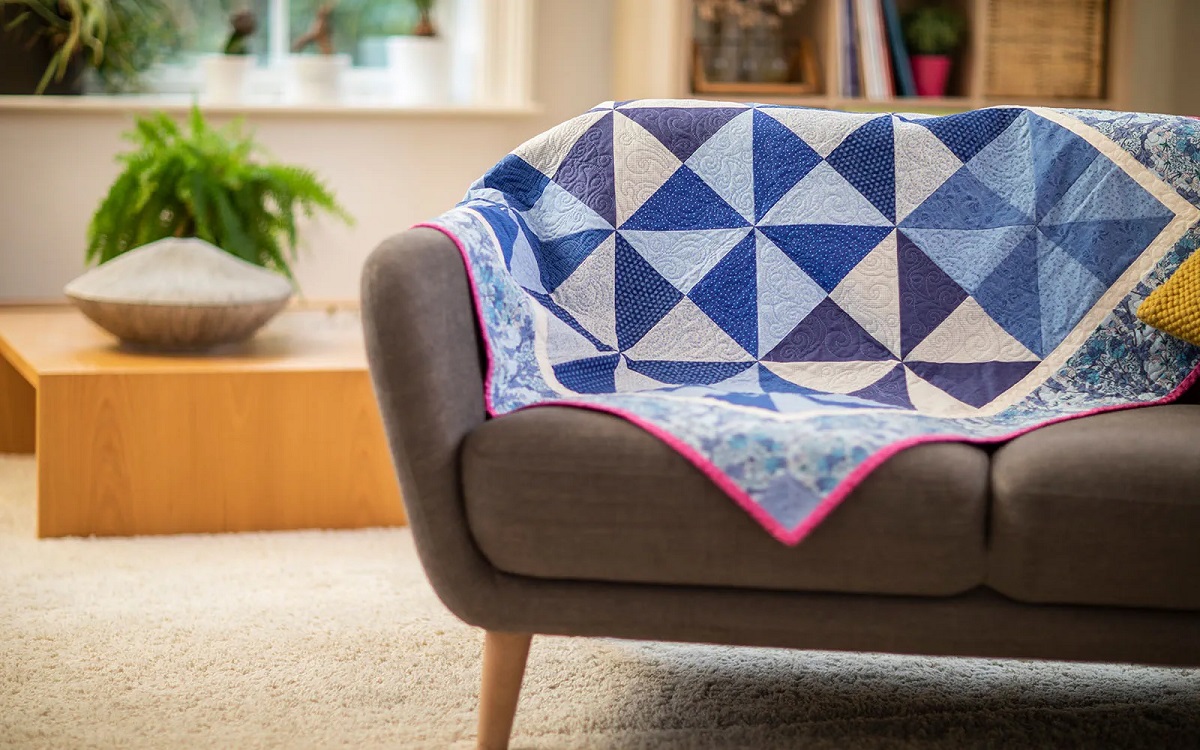

Articles
What Is A Quilt
Modified: February 28, 2024
Discover everything you need to know about quilts with our informative articles. Explore designs, techniques, and more for a cozy and stylish home.
(Many of the links in this article redirect to a specific reviewed product. Your purchase of these products through affiliate links helps to generate commission for Storables.com, at no extra cost. Learn more)
Introduction
Welcome to the fascinating world of quilting! Quilts have been cherished for centuries, not only for their practical warmth and comfort, but also for their expressive beauty and cultural significance. In this article, we will delve into the art of quilting, exploring its rich history, the various techniques and styles, the materials and tools used, and the steps involved in creating a quilt.
A quilt can be defined as a layered piece of fabric, usually consisting of a top, batting, and backing, stitched together to create a warm and cozy blanket. However, quilts are much more than just functional bedding. They are powerful storytellers, capturing moments of history, tradition, and personal expression.
The history of quilting dates back thousands of years, with evidence of quilted fabrics found in ancient Egypt and China. Initially, quilts were created out of necessity, using scraps of fabric to provide insulation and comfort. Over time, quilting evolved into a cherished craft, passed down through generations, reflecting cultural practices, artistic traditions, and personal narratives.
Traditional quilting techniques involve hand-stitching or machine-sewing multiple layers of fabric together. This meticulous process requires skill, patience, and attention to detail. Quilters employ various methods such as piecing, appliqué, and quilting stitches to create intricate patterns, motifs, and designs.
In recent years, quilting has undergone a resurgence in popularity, with modern quilters pushing the boundaries of traditional techniques. Contemporary quilts embrace innovative styles, bold color combinations, and experimental materials. Quilting has become a form of artistic expression, attracting a new generation of quilters who add their own unique spin to this age-old craft.
The materials used in quilting are diverse, ranging from cotton and linen to silk and flannel. Fabrics are carefully chosen for their quality, durability, and aesthetic appeal. Quilters also make use of batting, which is the inner layer of insulation, and backing fabric, which provides stability and protection.
To bring their quilting visions to life, quilters rely on a variety of tools and equipment. These include sewing machines, rotary cutters, various rulers and templates, needles, pins, and thread. The right tools can greatly enhance the accuracy and efficiency of the quilting process.
In the following sections of this article, we will explore the step-by-step process of making a quilt, along with different types of quilts, the artistic aspects of quilting, and the cultural significance of quilts. Whether you are a seasoned quilter or a newcomer to the craft, there is something truly captivating about the world of quilting that continues to inspire and unite.
Key Takeaways:
- Quilting is a timeless art form that combines creativity, storytelling, and cultural significance, connecting generations and communities through the craft’s rich history and diverse expressions.
- The preservation and care of quilts are essential to honor their cultural and artistic value, ensuring that these cherished textiles continue to inspire and unite for generations to come.
Read more: What Is A Temperature Quilt
Definition of a Quilt
A quilt is more than just a blanket; it is an artistic masterpiece, a labor of love, and a testament to the ingenuity and creativity of its creator. But what exactly defines a quilt?
At its core, a quilt is a layered textile construction consisting of three main components: the top, the batting, and the backing. The top, also known as the quilt top or the pieced top, is the face of the quilt. It is typically made up of individual pieces of fabric sewn together in a specific pattern or design.
Often, these fabric pieces are meticulously cut and arranged to form intricate motifs, geometric shapes, or pictorial scenes. The quilt top can be a canvas for artistic expression and storytelling, reflecting the quilter’s imagination, personal style, or cultural heritage.
Sandwiched between the quilt top and the backing is the batting, also known as the wadding or the filler. The batting provides insulation and loft to the quilt, adding warmth and comfort. It can be made of natural fibers such as cotton or wool, or synthetic materials like polyester. The choice of batting depends on factors such as the desired level of warmth, drape, and texture of the finished quilt.
Finally, the backing fabric is the layer that covers the back of the quilt, completing the sandwich. It serves both a functional and aesthetic purpose. The backing fabric provides stability to the quilt and protects the batting, ensuring the longevity of the quilt. Like the quilt top, the backing fabric can be a single piece of fabric or a patchwork of smaller fabric sections.
Once the three layers—quilt top, batting, and backing—are assembled, they are held together with stitches, a process known as quilting. Quilting can be done by hand or by machine and involves stitching through all three layers, creating a decorative element that also secures the layers in place. Quilting stitches can take various forms, such as straight lines, free-motion designs, or intricate patterns, further enhancing the overall aesthetic appeal of the quilt.
Quilting is much more than just sewing fabric together; it is a celebration of craftsmanship, creativity, and community. Quilts have long been cherished heirlooms, treasured gifts, and meaningful symbols of love and friendship. They have been passed down through generations, capturing memories and preserving history.
From cozy bed covers to intricate wall hangings, from traditional designs to modern interpretations, the world of quilting is vast and endlessly diverse. Quilting transcends boundaries, connecting people across cultures and generations. It is an art form that continues to evolve, adapt, and inspire, keeping the spirit of quilting alive for future generations to enjoy.
History of Quilting
The art of quilting has a rich and storied history, spanning centuries and cultures. It is believed to have originated in ancient civilizations, with evidence of quilted textiles found in ancient Egypt, China, and India. Quilts were initially created out of necessity, using scraps of fabric to provide warmth and insulation.
During the Middle Ages, quilting spread across Europe, with quilts becoming a common household item. Quilts were often constructed with layers of fabric stitched together using a technique known as “trapunto,” which involved stuffing the fabric to create raised patterns. Quilting was not only practical but also became a symbol of wealth and social status.
In the 17th and 18th centuries, quilting reached its peak in North America with the arrival of European settlers. Quilts were made using a variety of techniques, including patchwork, appliqué, and embroidery. They served as utilitarian bedding but also contained decorative elements, reflecting the creativity and skills of the women who made them.
Quilting played a significant role in the lives of women in colonial America. It was a communal activity, bringing women together to share patterns, techniques, and stories. Quilting bees and quilting circles became social gatherings, fostering friendship and camaraderie among women. Quilts were often made as gifts for special occasions such as weddings, births, and milestones.
By the 19th century, quilting had become an important form of artistic expression. Quilt patterns began to emerge, with names and meanings attached to them. Quilts became a canvas for telling stories, documenting family history, and expressing cultural identity. The Underground Railroad quilt code is a famous example of using quilts as a means of communication in the fight for freedom.
During the Industrial Revolution, machine-made textiles became more widely available, leading to changes in the quilting industry. Quilts began to be made less for necessity and more as a creative outlet for women, incorporating intricate designs and elaborate quilting techniques. Quilt-making continued to be a cherished tradition passed down through generations.
In the 20th century, quilting experienced a resurgence in popularity. The Arts and Crafts Movement and the Quilt Revival of the 1970s brought renewed attention to quilting as an art form. Quilters began experimenting with new materials, techniques, and designs, pushing the boundaries of traditional quilting. Quilt shows, exhibitions, and competitions showcased the skill and creativity of quilters from around the world.
Today, quilting is celebrated as a form of self-expression, creativity, and storytelling. It has expanded beyond the realm of traditional quilts to include contemporary art quilts, modern quilts, and mixed media textile art. Quilting guilds, online communities, and workshops provide opportunities for quilters to collaborate, learn, and grow.
The history of quilting is not only a testament to the artistic and technical skill of quilters throughout the ages but also a testament to the enduring love and appreciation for this timeless craft. As we continue to embrace quilting as an art form, we honor the heritage of those who came before us and pave the way for future generations to carry on the tradition.
Traditional Quilting Techniques
Traditional quilting techniques have been handed down through generations, preserving the artistry and craftsmanship of quilts. These techniques require skill, patience, and attention to detail. Let’s explore some of the most commonly used traditional quilting techniques:
- Piecing: Piecing is a technique where fabric pieces are sewn together to create the quilt top. It involves precise cutting and matching of fabric shapes to form blocks, strips, or other design elements. Piecing can be done by hand or using a sewing machine, and it allows for endless possibilities in design and pattern creation.
- Appliqué: Appliqué is the process of attaching fabric shapes onto a background fabric to create a design or motif. The fabric shapes can be sewn onto the background using hand stitches or machine stitches. Appliqué can be done using raw-edge, turned-edge, or fusible methods, and it adds depth and texture to the quilt design.
- Quilting Stitches: Quilting stitches are used to secure the three layers of a quilt – the top, batting, and backing. Traditionally, quilting stitches were done by hand using a needle and thread. Quilters would create intricate designs, such as feathers, loops, or cross-hatching, to add texture and visual interest to the quilt. Nowadays, machine quilting is also common, achieved using a sewing machine with a walking foot or a free-motion quilting foot.
- Trapunto: Trapunto is the technique of adding extra padding or filling to specific areas of a quilt to create raised and emphasized motifs. This technique involves stitching around a design and then carefully stuffing it with extra batting or yarn. Trapunto adds a three-dimensional quality to the quilt, giving it depth and a luxurious feel.
- Bias Binding: Binding is the finishing touch of a quilt, creating a frame and enclosing the raw edges. Bias binding is made by cutting fabric strips on a 45-degree angle from the selvage edges. This allows the binding to curve around the edges of the quilt smoothly. Bias binding is sturdy and flexible, ensuring that the edges of the quilt remain secure and durable.
These traditional quilting techniques require practice and mastery to achieve precise and professional results. Quilters often combine multiple techniques to create visually stunning and intricate quilts. Over time, quilters have also developed their own variations and adaptations of these techniques, adding personal touches and individual style to their quilt creations.
While traditional quilting techniques have stood the test of time, modern quilters continue to innovate and experiment with new techniques, materials, and styles. This fusion of old and new techniques keeps the art of quilting dynamic, inspiring quilters of all generations to express their creativity and make quilts that are both functional and visually captivating.
Modern Quilting Styles
The world of quilting has expanded and evolved, giving rise to various modern quilting styles that embrace innovation, bold designs, and artistic expression. These styles have emerged as a departure from traditional quilting techniques, offering a fresh and contemporary approach to the craft. Let’s explore some of the popular modern quilting styles:
- Minimalist Quilts: Minimalist quilts focus on simplicity, using clean lines, solid colors, and negative space. These quilts often feature large blocks or minimalistic designs that create a sense of calmness and sophistication.
- Improvisational Quilts: Improvisational quilts embrace spontaneity and creative freedom. Quilters create designs without following a set pattern, allowing the fabric and their intuition to guide the process. These quilts often have asymmetrical shapes, unexpected color combinations, and raw-edge appliqué, resulting in unique and artful compositions.
- Modern Traditionalism: Modern traditional quilts combine traditional quilt patterns with a contemporary twist. Quilters reimagine classic designs, such as log cabins, flying geese, or nine-patch blocks, using vibrant colors, unusual fabric choices, and innovative settings. The result is a fusion of old and new, paying homage to tradition while adding a modern aesthetic.
- Art Quilts: Art quilts are explorations of creativity and self-expression, blurring the line between quilting and fine art. Quilters use a variety of techniques, such as painting, dyeing, printing, and embellishing, to create unique fabric compositions. These quilts often have abstract designs, textured surfaces, and experimental materials, showcasing the quilter’s artistic vision.
- Geometric Quilts: Geometric quilts feature bold and intricate geometric shapes and patterns. Quilters use precise piecing techniques to create complex designs that can range from tessellations to optical illusions. These quilts often utilize solid fabrics or high-contrast color combinations to enhance the graphic impact.
- Modern Traditionalism: Modern traditional quilts combine traditional quilt patterns with a contemporary twist. Quilters reimagine classic designs, such as log cabins, flying geese, or nine-patch blocks, using vibrant colors, unusual fabric choices, and innovative settings. The result is a fusion of old and new, paying homage to tradition while adding a modern aesthetic.
Modern quilting styles embrace experimentation and personal expression, encouraging quilters to push the boundaries of traditional techniques and design concepts. These styles reflect the changing aesthetics and tastes of today’s quilters, showcasing the diversity and dynamism of the quilting community.
In addition to the styles mentioned here, modern quilting also encompasses other approaches such as collage quilting, strip quilting, thread sketching, and more. Quilters are constantly exploring new ideas and techniques, combining them with traditional elements to create quilts that are both visually striking and emotionally evocative.
Whether you prefer clean lines and minimalism or vibrant colors and improvisation, the modern quilting movement offers something for everyone. It celebrates the individuality and creativity of quilters, encouraging them to embrace their own unique style and make quilts that reflect their artistic vision in the modern era.
Read more: What Is A Bed Quilt
Materials Used in Quilting
Quilting involves a variety of materials, carefully chosen for their quality, durability, and aesthetic appeal. From fabrics to batting and thread, each component plays a crucial role in creating a quilt that is not only visually appealing but also functional and durable. Let’s explore the materials commonly used in quilting:
- Fabric: Fabric is the foundation of any quilt. Quilters often choose 100% cotton fabrics due to their versatility, breathability, and ease of handling. Cotton comes in a wide range of colors, prints, and textures, allowing quilters to create diverse quilt designs. Other fabric options include linen, silk, flannel, and batiks, each offering unique characteristics and visual effects.
- Batting: Batting, also known as wadding, is the inner layer of a quilt that provides insulation and loft. It is the layer that adds warmth and comfort to the quilt. Common batting materials include cotton, wool, polyester, and blends of these fibers. Each type of batting has different properties, such as warmth, drape, and breathability, allowing quilters to choose the right batting for their specific needs.
- Backing Fabric: The backing fabric is the layer that covers the back of the quilt, completing the quilt sandwich. It should be sturdy and durable to withstand the wear and tear of daily use. Quilters often choose a fabric that complements the quilt top in color or design. The backing fabric is typically a single large piece of fabric or can be created by joining multiple smaller pieces together.
- Thread: Thread is used to sew the layers of the quilt together and create the quilting stitches. Quilters use high-quality 100% cotton thread, as it is durable, strong, and provides excellent stitch definition. The choice of thread color depends on the desired effect – matching, blending, or contrasting with the fabric and quilt design.
-
Notions: Quilting notions include various tools and accessories that aid in the quilting process. These may include:
- Rotary cutter and cutting mat for precise fabric cutting
- Rulers for measuring and cutting fabric accurately
- Sewing machine or hand sewing needles for piecing and quilting
- Pins or clips for holding fabric layers together
- Thimble for finger protection while hand quilting
- Iron and ironing board for pressing seams and fabric
Choosing high-quality materials is essential for creating a quilt that will stand the test of time. Quilters often invest time in selecting fabrics that coordinate well together and provide visual interest. They also consider the durability and loft of the batting to ensure that the quilt will provide the desired warmth and comfort. Additionally, using the right thread and utilizing the necessary quilting notions helps quilters achieve precise and professional results.
While the materials used in quilting may vary depending on personal preference and project requirements, the careful selection of fabrics, batting, thread, and notions is integral to creating quilts that are not only functional but also beautiful works of art.
Tools and Equipment for Quilting
Quilting is a meticulous and creative process that requires the use of various tools and equipment to achieve precise and professional results. These tools not only enhance the efficiency of the quilting process but also ensure accuracy and facilitate the implementation of intricate designs. Let’s explore some of the essential tools and equipment for quilting:
- Rotary Cutter: A rotary cutter is a versatile tool that allows quilters to make precise cuts through multiple layers of fabric. It consists of a handle and a circular blade that rotates, providing clean and smooth cuts. Rotary cutters come in various sizes, with smaller blades used for intricate cuts and larger blades for straight lines and broader fabric sections.
- Self-Healing Cutting Mat: A self-healing cutting mat is a durable surface on which quilters can safely cut fabric using a rotary cutter. These mats are made of a special material that prevents knife marks, ensuring longevity. They are marked with measurements and gridlines, allowing for accurate fabric cutting and alignment.
- Rulers and Templates: Quilters use rulers and templates to measure, mark, and cut fabric with precision. Rulers provide straight edges, and templates offer specific shapes and sizes for piecing and quilting. Clear acrylic rulers with laser-cut markings are popular among quilters, as they provide visibility and accuracy.
- Sewing Machine: A sewing machine is a crucial tool for piecing and quilting. Quilters often prefer machines with quilting-specific features such as a large throat space and a walking foot that helps feed multiple layers of fabric evenly. Some sewing machines also offer decorative stitch options to add texture and detail to the quilt.
- Hand Sewing Needles: Hand sewing needles are used for various quilting techniques, such as hand piecing, appliqué, and hand quilting. Quilters select needles in different sizes and types, depending on the specific technique and fabric thickness.
- Pins and Clips: Quilters use pins or clips to hold fabric layers together during the quilting process. Flat quilting pins or binding clips are commonly used to secure the quilt sandwich before quilting. Safety pins are often used for basting the layers.
- Thimble: A thimble is a protective cap worn on the finger to push the needle through multiple layers of fabric during hand quilting. It prevents the needle from pricking the finger and provides better control and accuracy when making stitches.
- Iron and Ironing Board: Ironing is an essential step in quilting to ensure accurate piecing and pressed seams. A steam iron and a large ironing board with a sturdy surface are necessary for removing wrinkles and setting seams.
These tools and equipment significantly contribute to the quilting experience, making it easier and more enjoyable for quilters. They allow for precise measurements, clean cuts, secure fabric holding, and efficient piecing and quilting. The right tools, combined with experience and skill, enable quilters to bring their creative visions to life and create quilts that are both beautiful and durable.
It’s worth noting that each quilter has their own preferences when it comes to tools and equipment, and the selection may vary based on individual quilting style and project requirements. Regardless of the specific tools used, the passion for quilting and the creativity they inspire remain at the heart of the quilting process.
When choosing a quilt, consider the thread count and fabric type for durability and comfort. Look for quilts with tight stitching to prevent filling from shifting.
Steps to Make a Quilt
Creating a quilt is a rewarding and fulfilling process that involves several key steps. While the specific techniques and design choices may vary depending on the quilter’s preferences, the following steps provide a general overview of how to make a quilt:
- Design and Planning: Begin by deciding on the design and size of your quilt. Consider factors such as theme, color palette, and desired complexity. Sketch out your ideas or use quilting software to visualize the design before starting.
- Fabric Selection: Choose fabrics that complement your design. Consider factors such as color, pattern, and texture. Pre-wash and press the fabric to remove any sizing or shrinkage.
- Cutting: Use a rotary cutter, ruler, and cutting mat to cut the fabric into the desired shapes and sizes. Accurate cutting is essential to ensure precise piecing and alignment.
- Piecing: Sew the fabric pieces together to create the quilt top. Arrange the pieces according to your design, and use a quarter-inch seam allowance for accurate stitching. Press the seams as you go to ensure flat and tidy results.
- Basting: Layer the quilt top, batting, and backing fabric together to create a quilt sandwich. Smooth out any wrinkles or creases, and secure the layers with safety pins or basting spray, ensuring they remain taut and flat.
- Quilting: Stitch the layers together, creating the quilting design that adds texture and stability to the quilt. Quilting can be done by hand with a needle and thread or by machine with a walking foot or free-motion quilting foot. Experiment with different quilting styles to achieve the desired effect.
- Binding: Finish the raw edges of the quilt with binding. Cut fabric strips on the bias, fold and press them in half, and then attach them to the quilt’s raw edges. Sew the binding to the front of the quilt, fold it over to the back, and hand-stitch it in place.
- Finishing Touches: Once the binding is complete, inspect the quilt for any loose threads or imperfections. Press the quilt to give it a polished look and remove any remaining wrinkles. Add a label to the back of the quilt to identify the maker and date, if desired.
Throughout the entire process, attention to detail, precision, and patience are key. Take your time and enjoy the journey of bringing your quilting vision to life. Remember that quilting is a creative endeavor, and personal touches and adaptations can be made along the way to make the quilt uniquely yours.
Keep in mind that learning and improving quilting skills often come with practice and experience. Every quilt you make will add to your knowledge and understanding of the craft, allowing you to create even more beautiful and intricate quilts in the future.
Different Types of Quilts
The world of quilting encompasses a wide range of styles and techniques, leading to the creation of various types of quilts. Each type has its own unique characteristics, purposes, and aesthetics. Let’s explore some of the most common types of quilts:
- Patchwork Quilts: Patchwork quilts are made by sewing together small fabric pieces, known as patches, to create a larger design. These quilts often feature geometric patterns, such as squares, rectangles, or triangles, arranged in different configurations. Patchwork quilts can be simple and traditional or complex and intricate, depending on the design and arrangement of the patches.
- Appliqué Quilts: Appliqué quilts feature fabric shapes that are sewn onto a background fabric to create a design or motif. The fabric shapes can be hand-cut or pre-cut using templates. Appliqué allows for endless possibilities in design, as it allows quilters to add intricate details, curves, and personalized elements to the quilt.
- Whole Cloth Quilts: Whole cloth quilts are made from a single piece of fabric for both the quilt top and the backing. These quilts often showcase intricate quilting designs and motifs, which are emphasized by the negative space on the solid fabric. Whole cloth quilts require exceptional quilting skills and attention to detail.
- Baby Quilts: Baby quilts are smaller-sized quilts designed for infants and young children. They are often made with soft and durable fabrics, ensuring comfort and easy care. Baby quilts can feature playful prints, nursery rhymes, or whimsical designs, making them both practical and aesthetically pleasing.
- Art Quilts: Art quilts are created as a form of self-expression and artistic exploration. They often venture beyond traditional designs and techniques, incorporating various mixed-media elements, such as painting, embroidery, or photo transfers. Art quilts are meant to be displayed as unique pieces of textile art, blurring the line between quilting and fine art.
- Modern Quilts: Modern quilts break away from traditional designs and embrace contemporary aesthetics. These quilts may feature minimalistic designs, bold color combinations, asymmetry, or improvisational piecing. Modern quilts often prioritize clean lines, negative space, and simplicity to create a fresh and visually striking look.
- Memory Quilts: Memory quilts are made using fabric pieces that hold sentimental value, such as clothing or textiles from loved ones. They serve as cherished keepsakes, preserving memories and telling stories through fabric. Memory quilts can incorporate photos, embroidery, or other personal mementos, creating a heartfelt tribute.
These are just a few of the many types of quilts that exist. There are also themed quilts, seasonal quilts, charity quilts, and more, each with its own purpose and aesthetics. The beauty of quilting lies in its versatility and adaptability, allowing quilters to explore and create quilts that reflect their unique style, skills, and intentions.
Whether you’re drawn to the classic patchwork designs or the artistic freedom of modern quilts, there is a quilting style and type of quilt to suit every taste and creative vision. The possibilities are limitless, and each quilt becomes a manifestation of the quilter’s imagination and skill.
Read more: What Is An Eiderdown Quilt
Quilting as an Art Form
Quilting is not just a craft; it is also a recognized and highly esteemed art form. Over the years, quilts have transcended their functional purpose and have become vehicles for self-expression, storytelling, and creative exploration. Quilting combines both technical skill and artistic vision, making it a unique and dynamic art form. Let’s explore why quilting is regarded as an art:
Creative Expression: Quilts provide a canvas for quilters to express their creativity and individuality. From the choice of fabrics to the design layout, quilters carefully curate and arrange elements to evoke emotions, convey messages, and make artistic statements. Quilting encourages experimentation and innovation, pushing the boundaries of traditional techniques and design concepts.
Design and Composition: Quilts are not simply random arrangements of fabric; they involve careful consideration of design principles such as color, shape, balance, and texture. Quilters manipulate these elements to create visually striking compositions. They play with patterns, contrasts, and negative space to achieve a desired aesthetic or convey a narrative. Quilting as an art form demands a keen eye for design and an understanding of the principles that govern it.
Storytelling and Narratives: Quilts have a unique ability to tell stories and convey narratives. They can depict personal experiences, cultural heritage, historical events, or social commentary. Quilters use fabrics, colors, and motifs to weave tales and share their perspectives. By utilizing techniques such as appliqué, embroidery, or fabric manipulation, quilters can communicate emotions, memories, or social issues through their quilts.
Technical Mastery: Quilting requires meticulous attention to detail and technical skill. From precise cutting and sewing to complex quilting stitches, quilters exhibit expert craftsmanship. The ability to piece together intricate designs or execute flawless quilting stitches requires years of practice and dedication. Quilters continually strive for improvement, honing their skills and pushing the boundaries of their technical abilities.
Community and Collaboration: Quilting fosters a sense of community and encourages collaboration among quilters. Quilting bees, guilds, and workshops provide opportunities for quilters to share ideas, learn from each other, and inspire one another. The exchange of knowledge and techniques enriches the quilting community and fuels the growth of quilting as an art form.
Exhibition and Recognition: Quilts are exhibited in galleries, museums, and quilt shows worldwide, gaining recognition as works of art. These exhibitions celebrate the creativity, skill, and artistic essence of quilting. Quilts are appreciated not only for their visual appeal but also for the emotions they evoke and the stories they embody. They hold cultural and historical significance, deserving of attention and admiration.
Quilting as an art form encompasses the fusion of creativity, technical proficiency, and thoughtful expression. It has the power to evoke emotions, challenge perspectives, and bring communities together. Quilters make conscious choices in design, color, and technique, infusing their quilts with personal meaning and intention. Through their skill and artistic vision, they transform fabric and thread into captivating works that captivate and inspire.
As the boundaries of quilting continue to expand and evolve, the artistry and innovation within the quilting community continue to flourish. Quilts remain a testament to the human capacity for creativity, ingenuity, and storytelling, solidifying quilting’s rightful place in the world of art.
Cultural Significance of Quilts
Quilts hold immense cultural significance, reflecting the traditions, heritage, and values of various communities and societies. Throughout history, quilts have served as more than just practical bedding; they have been powerful symbols of identity, community, and storytelling. Let’s explore the cultural significance of quilts:
Preservation of Tradition and Heritage: Quilts have long been cherished heirlooms, passed down through generations, preserving family history and cultural traditions. Quilting techniques, patterns, and designs are often specific to certain regions or communities, serving as a visual documentation of their heritage. Quilts can embody the cultural practices, beliefs, and values of a particular group, helping to keep these traditions alive and vibrant.
Community and Collaboration: Quilting has historically been a communal activity, bringing people together in quilting bees, quilting circles, or sewing circles. These gatherings fostered social connections, nurtured relationships, and fostered the exchange of ideas and skills. Quilts became joint efforts, each stitch representing the collective labor and creativity of the community. The act of quilting created a sense of belonging, solidarity, and shared purpose within the community.
Storytelling and Oral Tradition: Quilts have the power to convey stories and narratives through their design and fabric choices. Certain quilt patterns or motifs carry specific meanings and symbolism, passing down stories, folklore, and cultural memories. Quilters embed their personal experiences, community history, and cultural identity into their quilts, transforming them into tangible storytellers that connect the past with the present.
Spirituality and Rituals: Quilts have been used in spiritual and ritualistic practices in many cultures. From the ceremonial quilts of Native American tribes to the religious tapestries of certain communities, quilts have played a role in sacred ceremonies and rituals. They have served as offerings, blessings, and protection, carrying spiritual significance and invoking a sense of reverence and connection to the divine.
Resistance and Liberation: Quilts have been infused with stories of resistance and liberation in times of struggle and oppression. From the quilts used as signals and maps by slaves escaping on the Underground Railroad to the narrative quilts created during times of political turmoil, quilts have represented a means of resistance, empowerment, and resilience. They have become powerful symbols of freedom, social justice, and the strength of marginalized communities.
Revitalization of Cultural Arts: Quilting has played a significant role in reviving and preserving cultural arts, especially among marginalized communities. In the face of cultural erasure and assimilation, quilt-making has become a tool for reclaiming and celebrating cultural heritage. It has empowered communities to rediscover and revitalize traditional techniques, patterns, and color schemes, instilling a sense of pride and cultural continuity.
Quilts transcend mere fabric and thread; they are rich repositories of culture, history, and human connection. They embody the collective wisdom, creativity, and resilience of a community. As we appreciate and learn from the diverse traditions and stories conveyed through quilts, we honor the cultural significance of this timeless craft.
Quilt Preservation and Care
Preserving and caring for quilts is essential to ensure their longevity and beauty. Quilts are not only valuable heirlooms but also pieces of art and cultural artifacts. With proper care, quilts can be enjoyed and cherished for generations to come. Here are some guidelines for quilt preservation and care:
Storage: When not in use, quilts should be stored in a clean, dry, and well-ventilated area. Avoid storing them in attics, basements, or damp environments, as moisture can cause mold, mildew, or fabric deterioration. Fold quilts carefully to prevent creasing, or roll them around acid-free tubes for better preservation.
Protection from Sunlight: Exposure to direct sunlight can fade and damage the fabrics of a quilt over time. To protect quilts, avoid displaying them in areas with prolonged sunlight exposure. If you choose to display a quilt, consider using UV-filtering film on windows or rotating the displayed quilts periodically to minimize sun damage.
Cleaning: Quilts should be kept clean to prevent dirt buildup and stains. However, extreme caution should be exercised when cleaning quilts, as improper cleaning methods can cause damage. It is recommended to consult with quilt preservation experts or professional textile conservators for cleaning advice and services.
Spot Cleaning: If a quilt requires immediate spot cleaning, gently dab the stained area with a clean, white cloth or sponge using a mild detergent or stain remover specifically formulated for textiles. Test the cleaning product on an inconspicuous area of the quilt first to ensure it does not damage or discolor the fabric.
Handling: When handling a quilt, clean hands are essential to avoid transferring oils, dirt, or moisture onto the fabric. It is recommended to wash hands before touching a quilt or wear clean, cotton gloves. Support the weight of the quilt evenly to prevent stress on specific areas or seams.
Avoid Excessive Folding: While folding quilts for storage or display is necessary, excessive folding can lead to stress and creasing. It is best to refold quilts along different lines periodically to minimize stress on specific areas. If possible, opt for rolling or hanging methods of storage to avoid extensive folding.
Avoid Hanging: Hanging a quilt for display for extended periods can lead to stress on the fabric and distort the shape of the quilt. If hanging is necessary, use a wide, padded hanger and provide support along the full width of the quilt to distribute the weight evenly. Check the hanging regularly to ensure that the quilt is not being strained or stretched.
Conservation and Restoration: If a quilt requires professional conservation or restoration, it is crucial to consult with experienced textile conservators who specialize in quilt preservation. They can assess the condition of the quilt and provide guidance on appropriate treatment methods to stabilize or repair damaged areas.
Quilts hold immense cultural and sentimental value, making their preservation and care of utmost importance. By following proper preservation techniques and seeking professional assistance when necessary, we can ensure that these precious textiles remain vibrant, intact, and continue to be cherished as tangible connections to our past and present.
Conclusion
Quilting is a craft that encompasses artistic expression, technical skill, and cultural significance. It is more than just sewing fabric together; it is a form of storytelling, a means of preserving traditions, and a celebration of creativity. Throughout history, quilts have been cherished and revered, serving as tangible connections to our past and as expressions of our collective humanity.
From the early days of quilting as a practical necessity to modern quilting as an art form, the evolution of quilting has been remarkable. The techniques, styles, and materials have expanded and diversified, reflecting the changing times and the creative spirit of quilters. Quilting has transcended its utilitarian origins, becoming a means of personal expression, social commentary, and community building.
As we delve into the world of quilting, we uncover the craftsmanship, creativity, and resilience of quilters through the ages. From the precise piecing and intricate quilting stitches to the thoughtful design choices and the cultural narratives embedded in each stitch, quilts carry with them the stories of those who made them and those they have touched.
Quilting fosters a sense of community, connecting individuals with a shared passion and providing a platform for collaboration, learning, and inspiration. Quilting bees and guilds keep the traditions alive and thriving, nurturing relationships and passing on the knowledge and skills from one generation to the next.
Whether it’s a traditional patchwork quilt passed down through generations, a modern art quilt pushing new boundaries, or a memory quilt capturing cherished moments, each quilt holds a special place in our hearts and culture. They are symbols of comfort, love, and creativity, providing warmth and joy to our lives.
As we continue to appreciate and promote the art of quilting, let us honor the heritage of this craft, recognize the artistry of quilters, and preserve the cultural significance of quilts. With proper care and deep respect for these works of art, we can ensure that quilts remain cherished treasures, continuing to inspire, educate, and connect us for generations to come.
Frequently Asked Questions about What Is A Quilt
Was this page helpful?
At Storables.com, we guarantee accurate and reliable information. Our content, validated by Expert Board Contributors, is crafted following stringent Editorial Policies. We're committed to providing you with well-researched, expert-backed insights for all your informational needs.
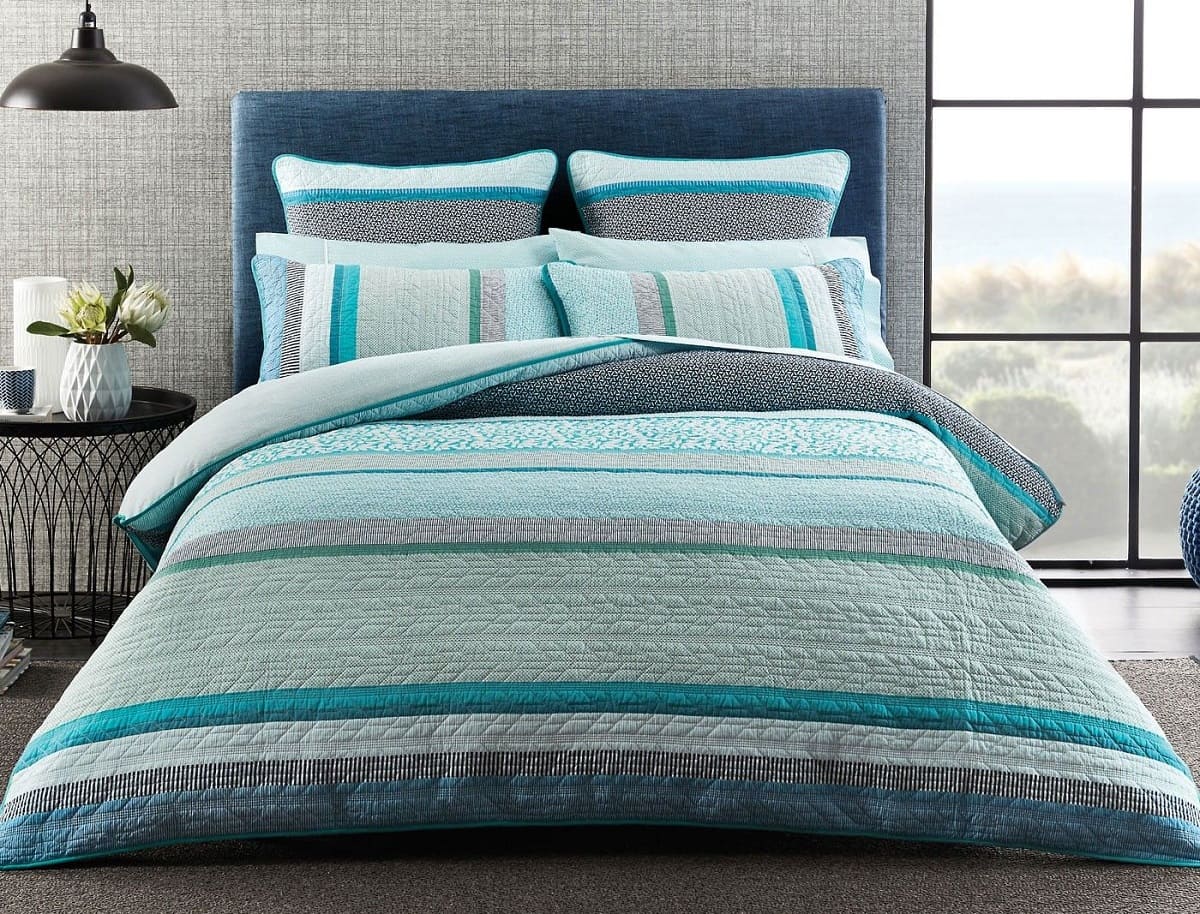
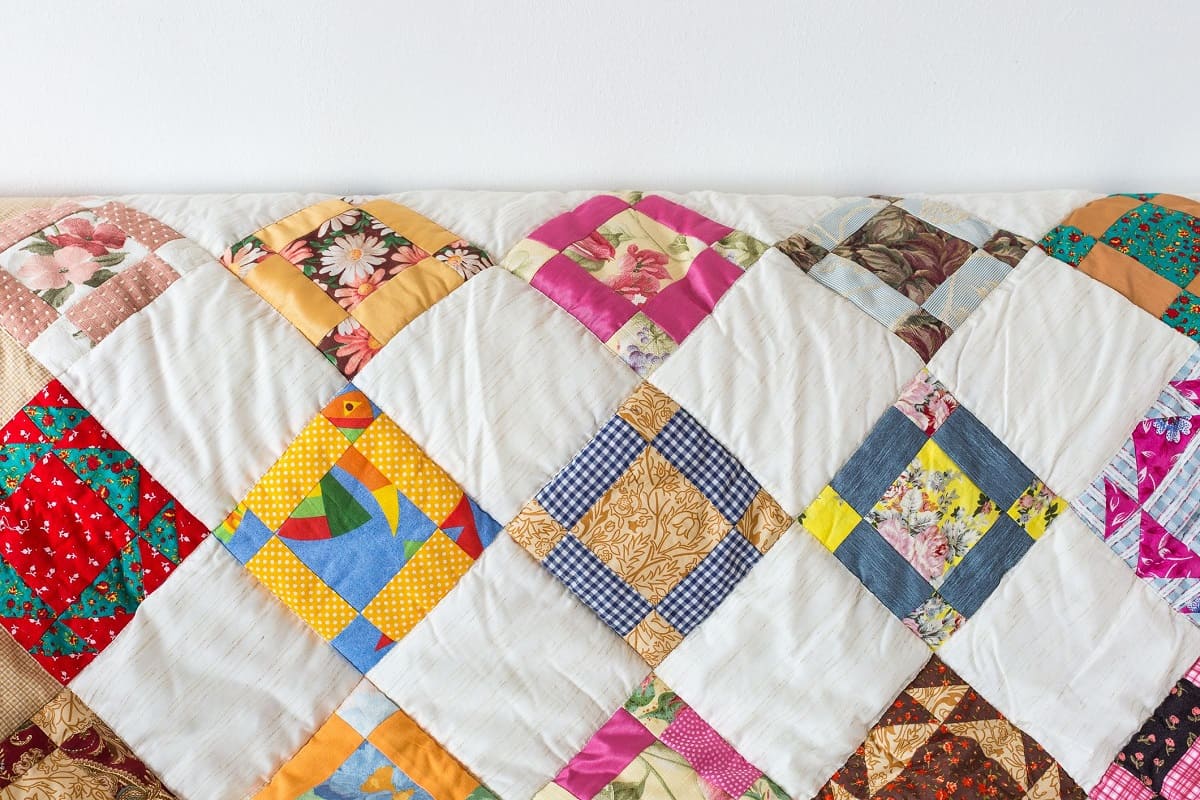

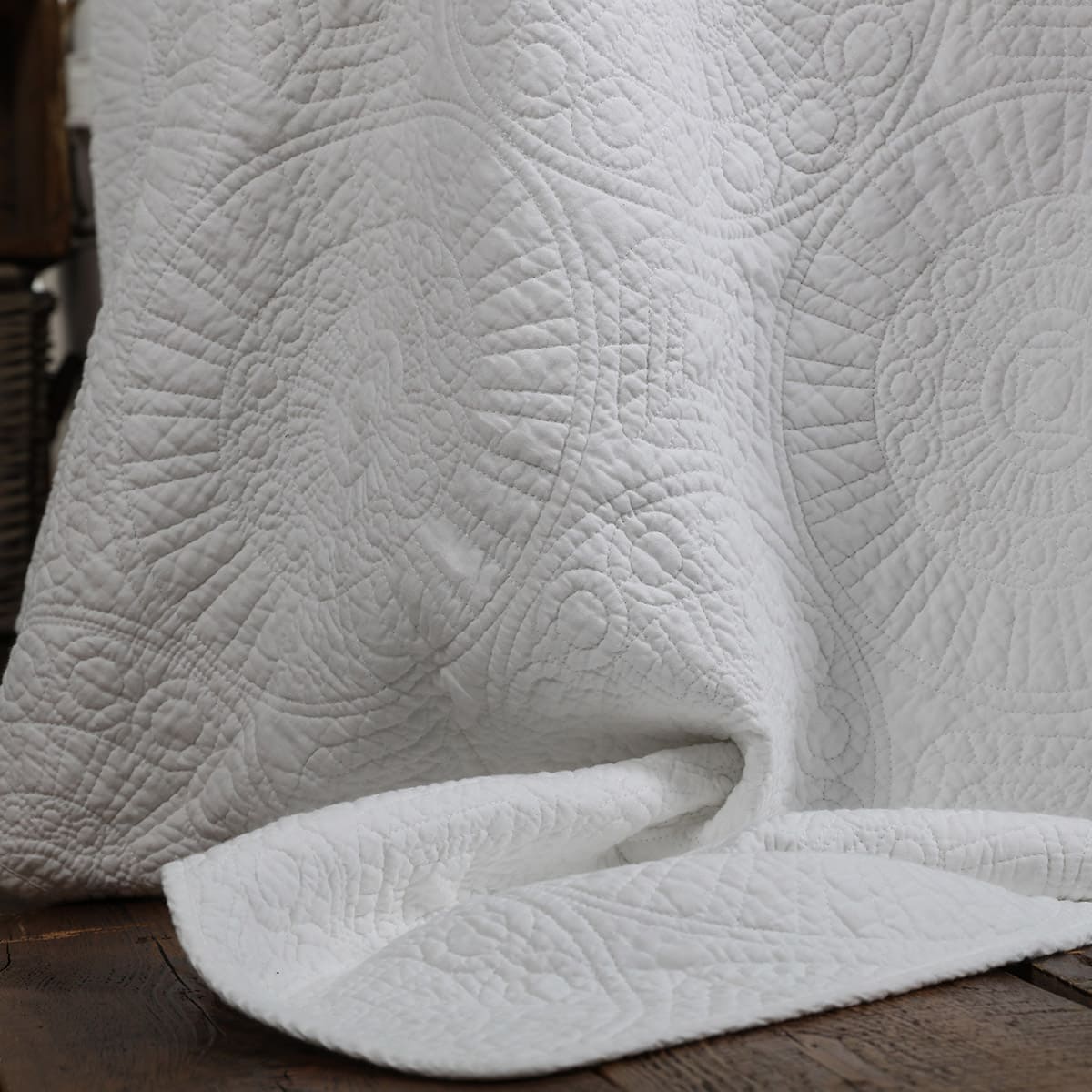
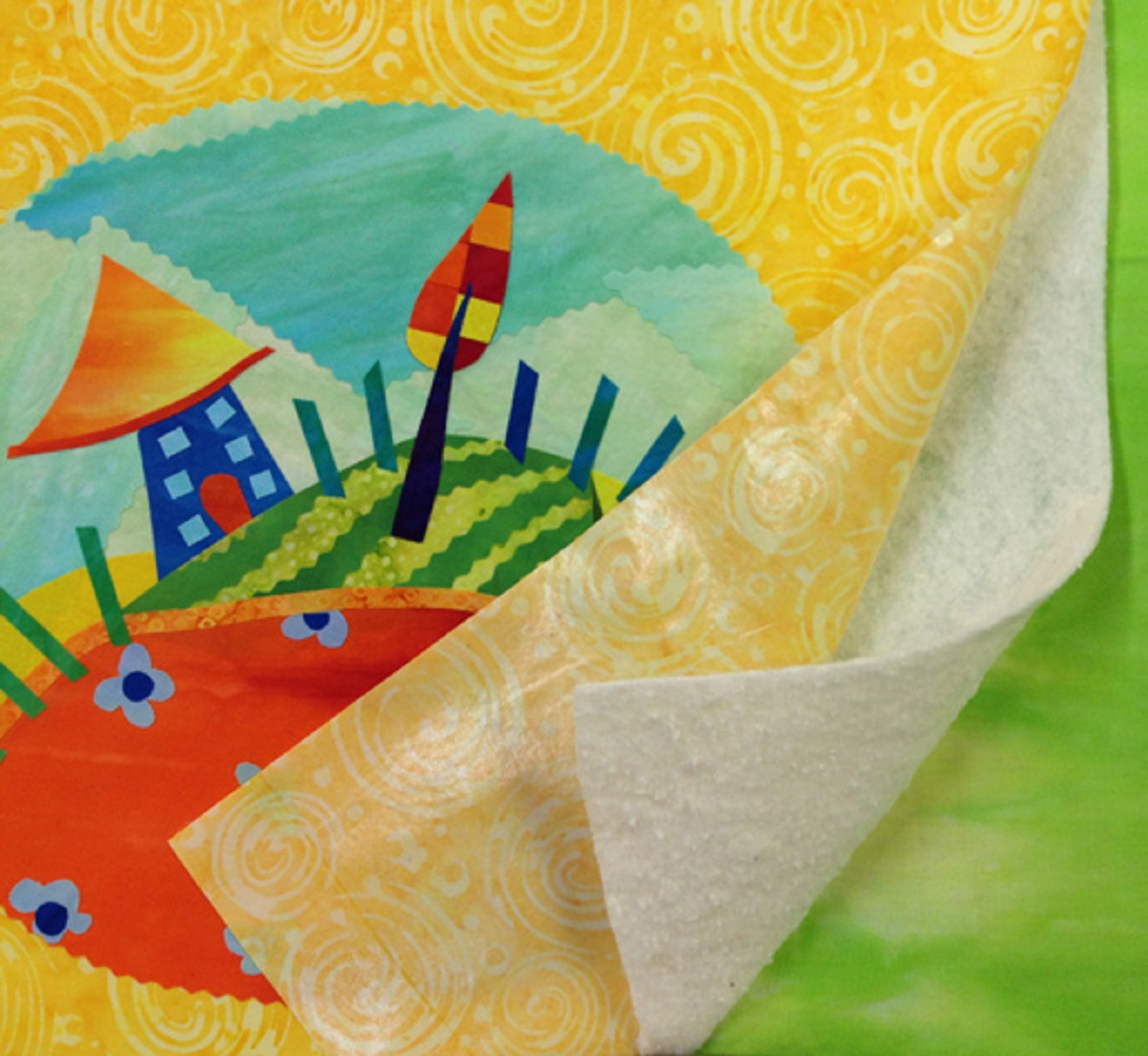
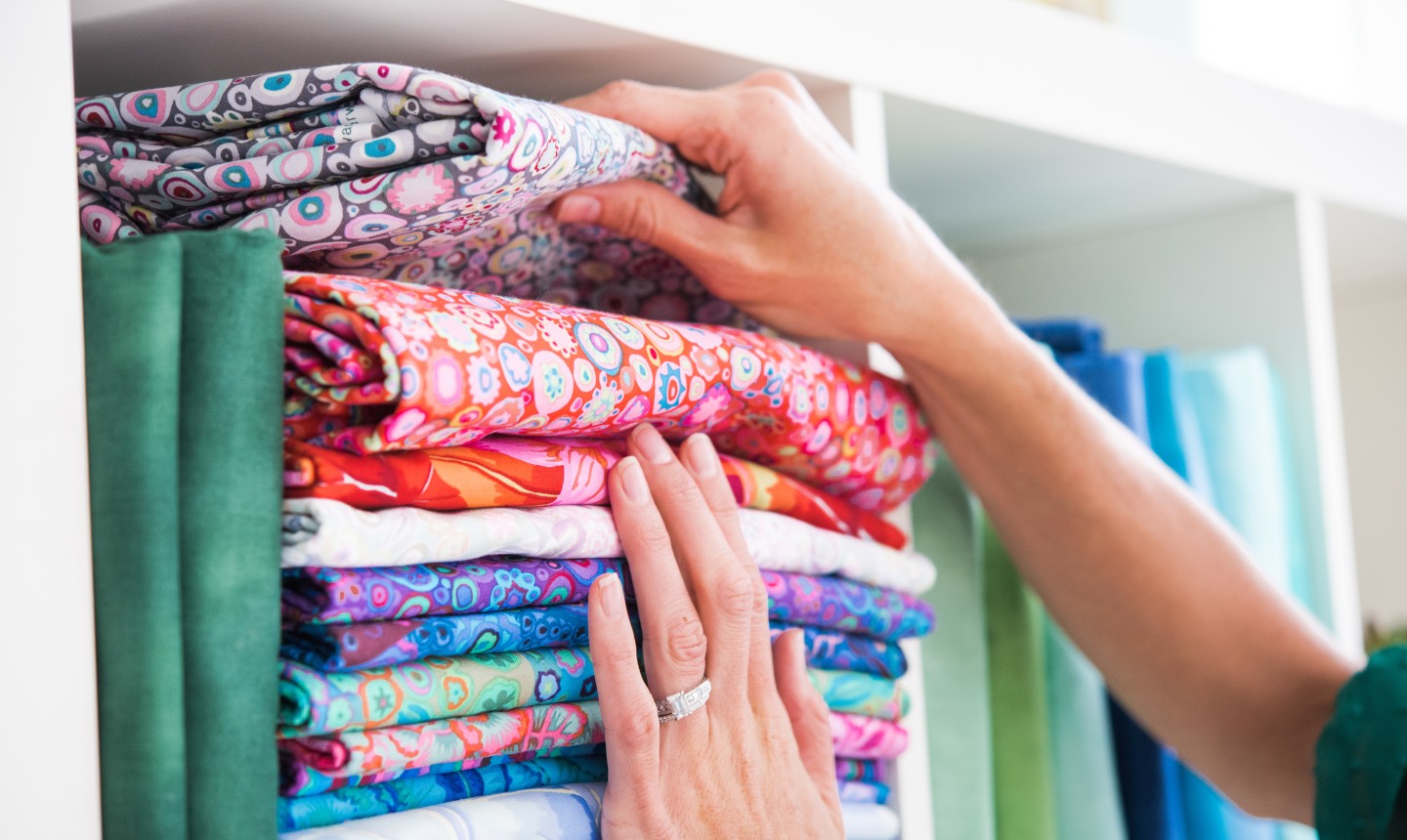
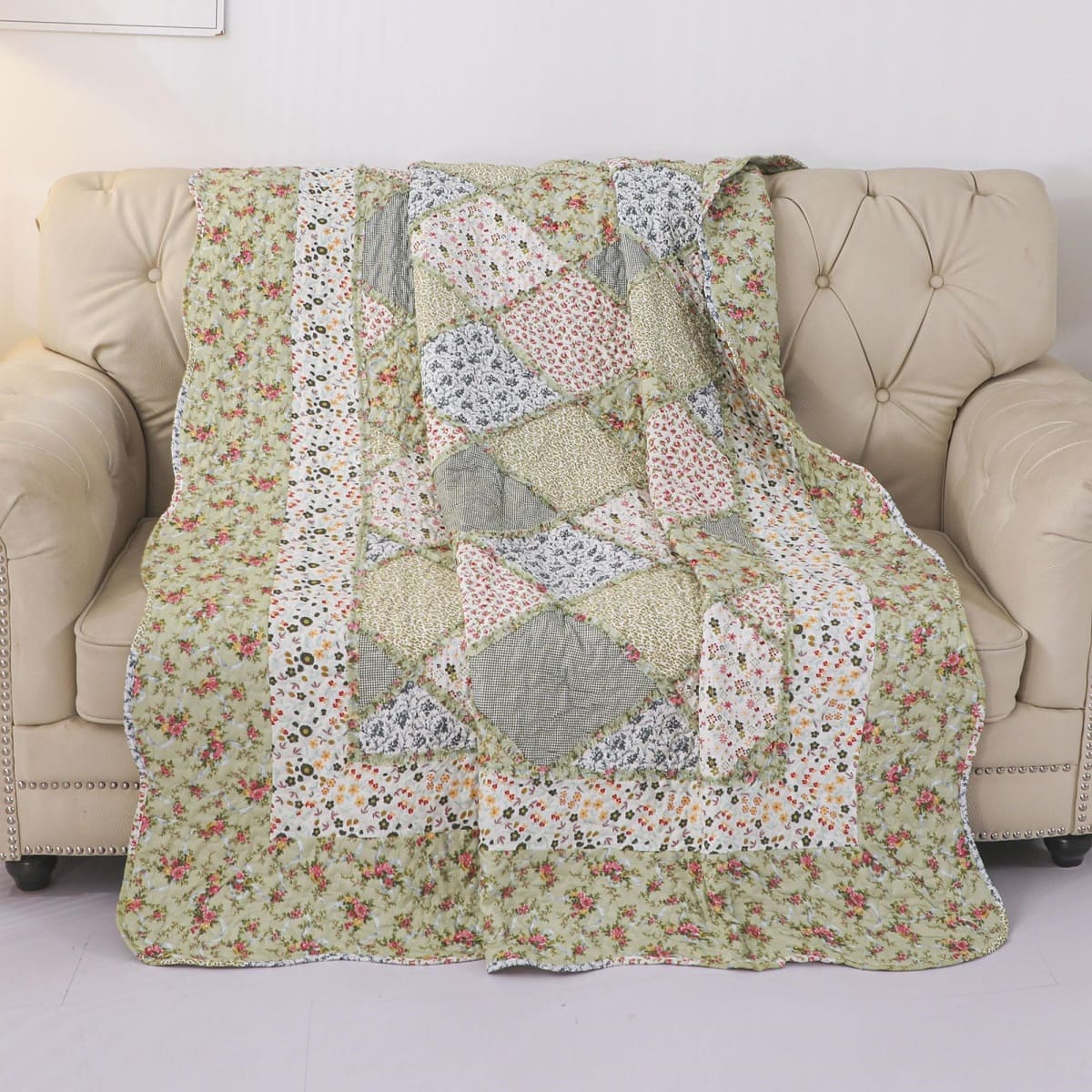
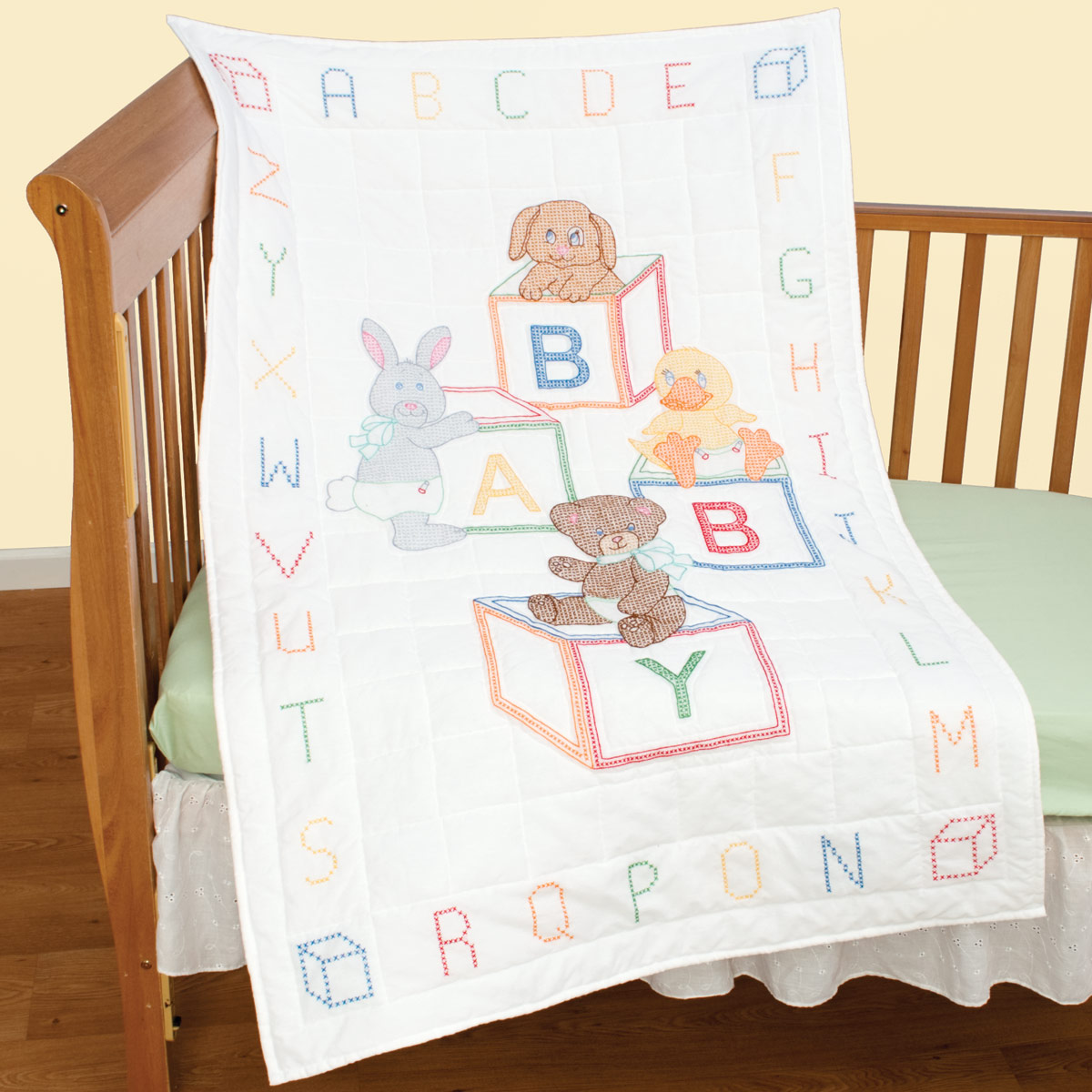
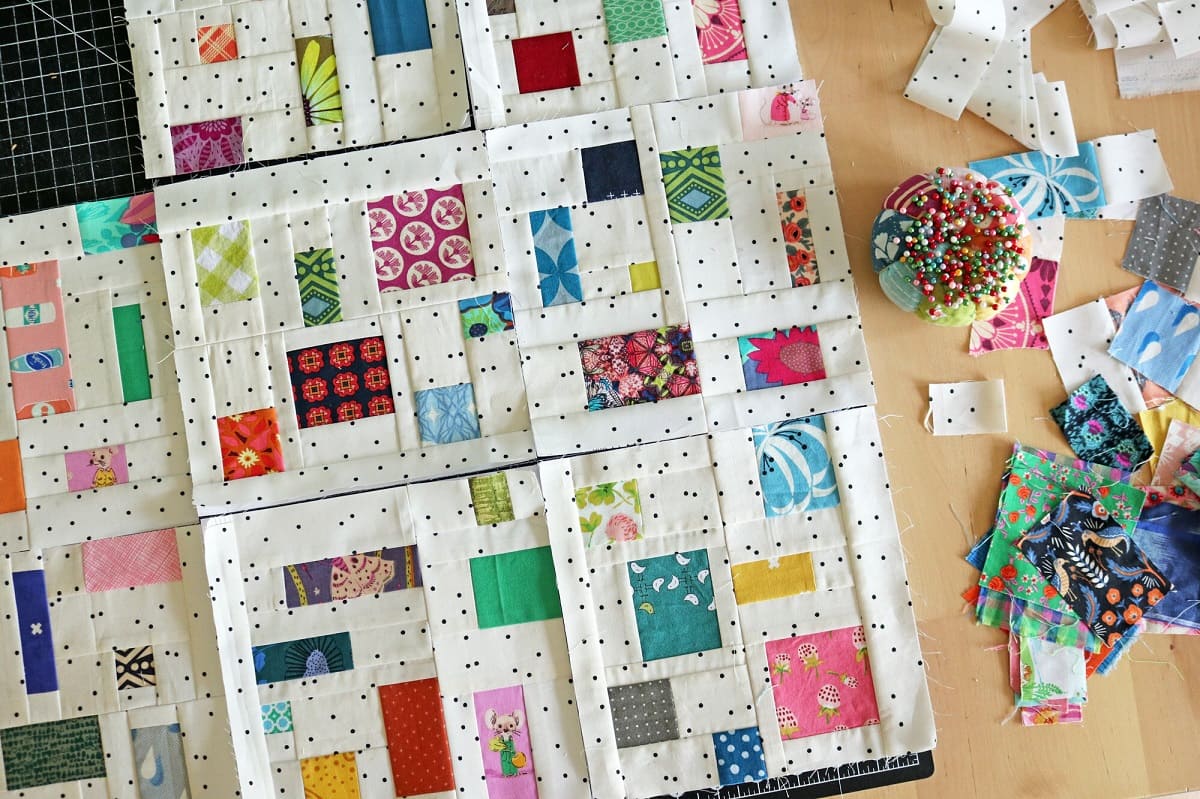
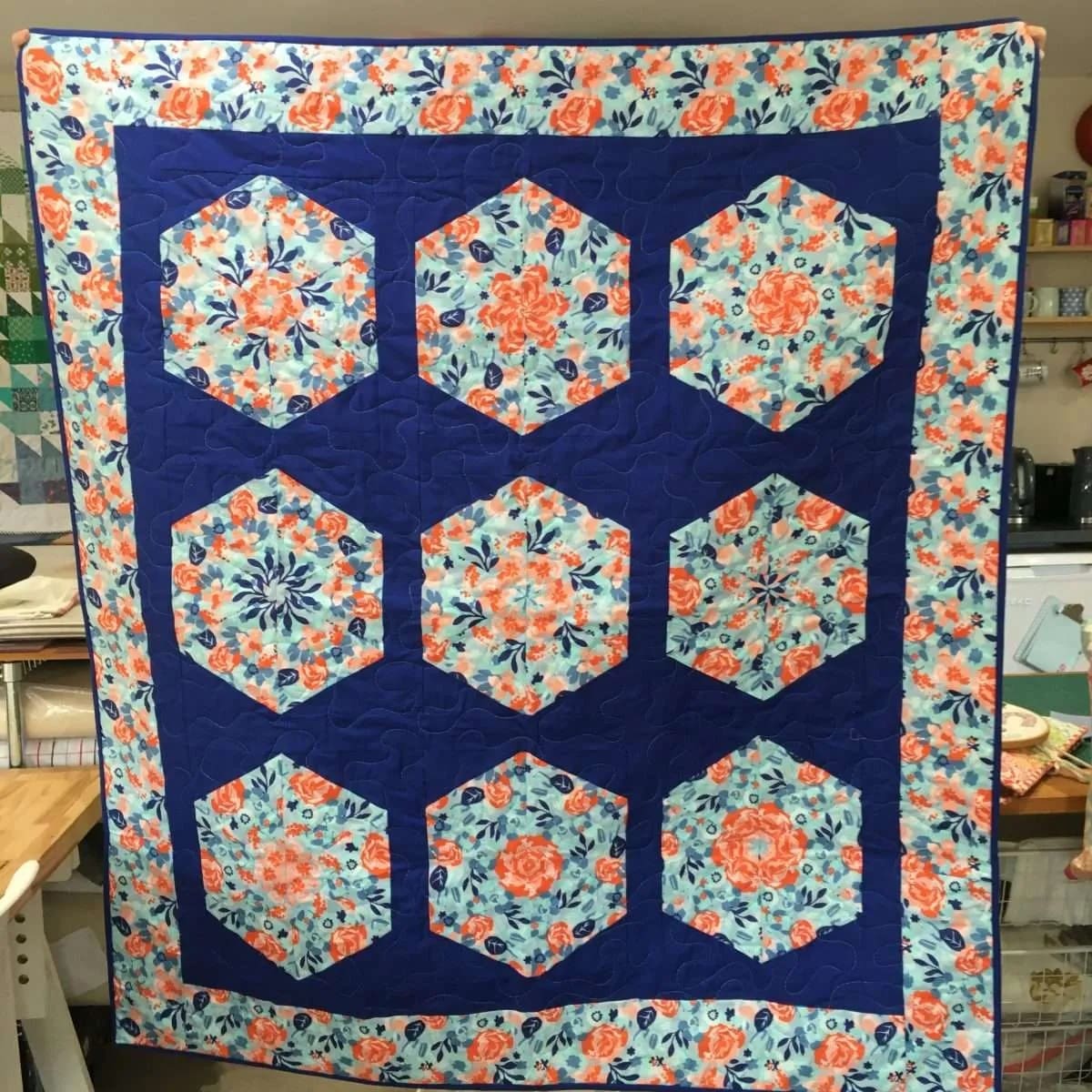
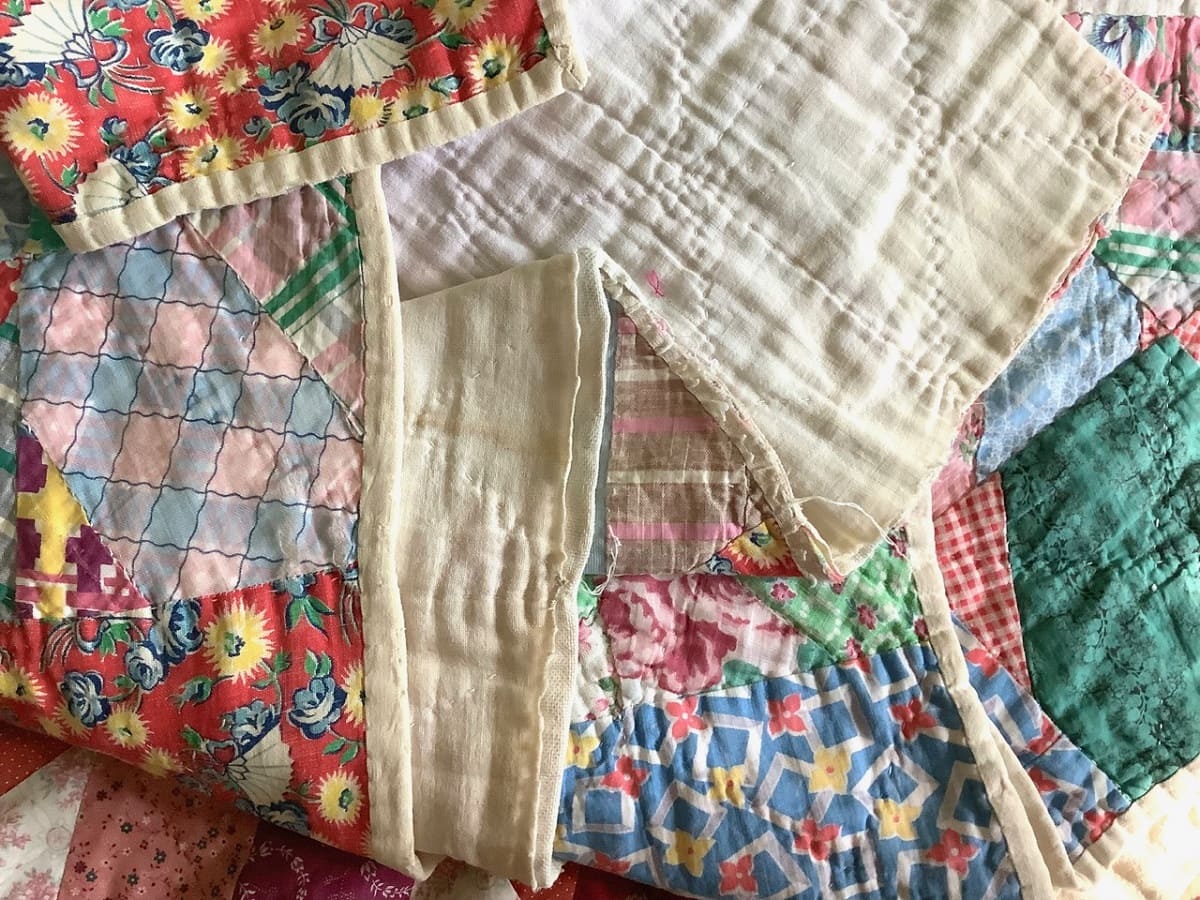
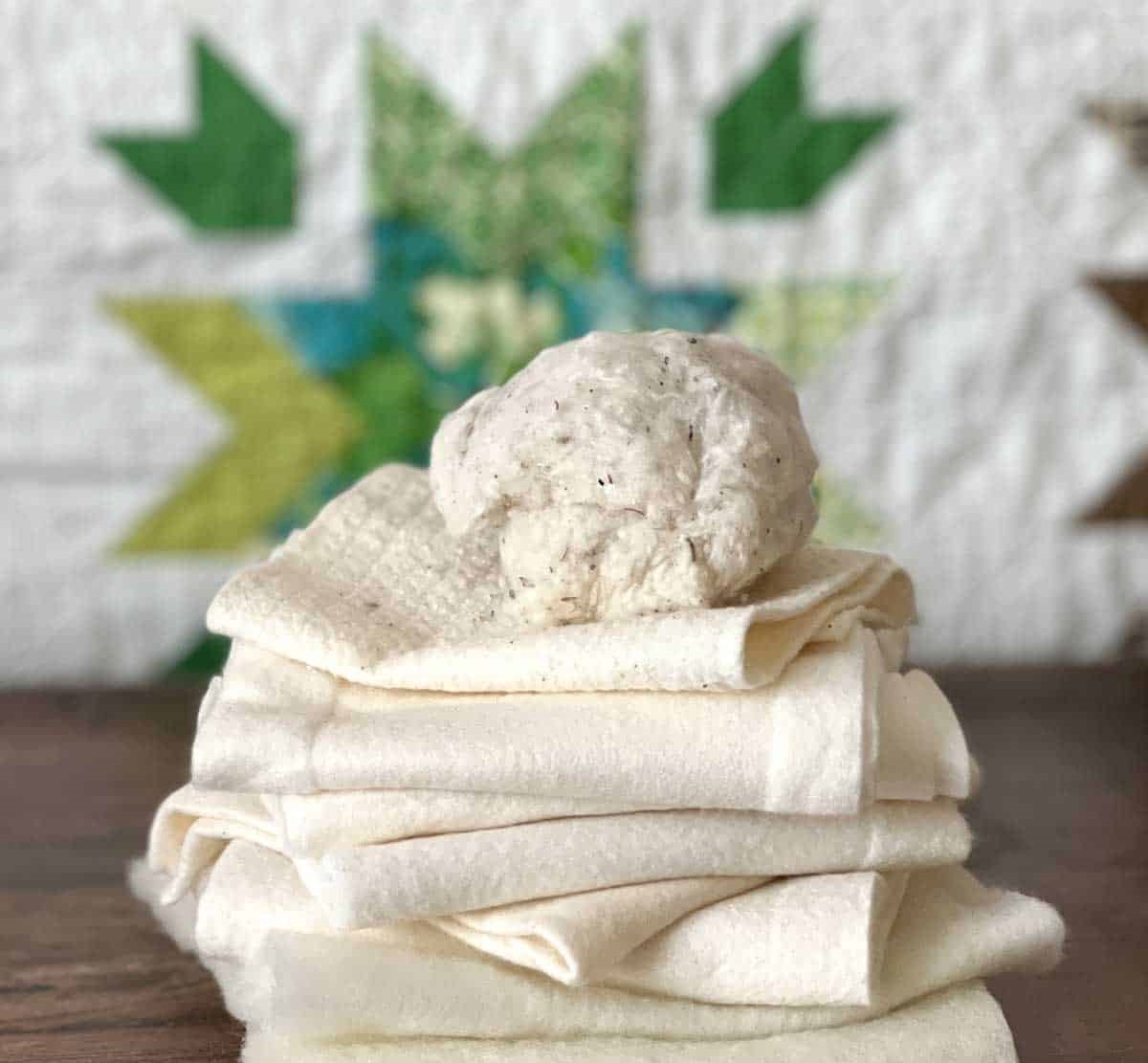
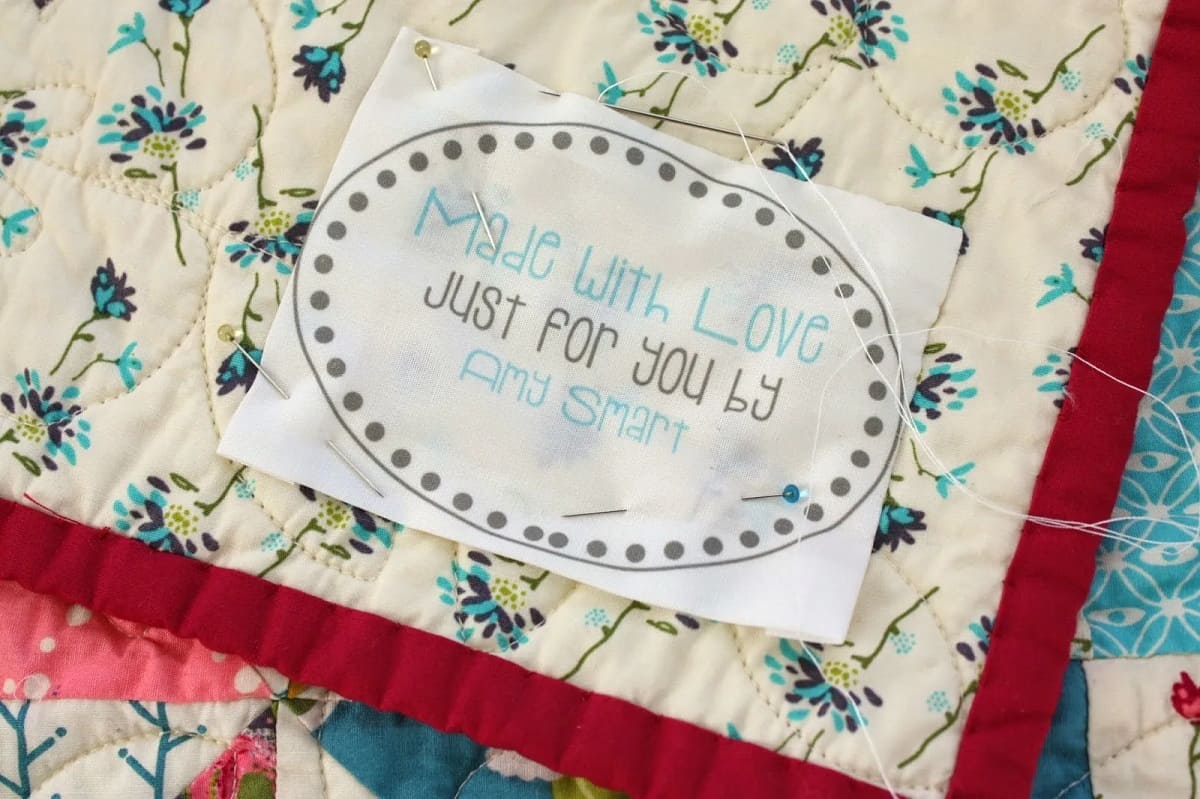

0 thoughts on “What Is A Quilt”